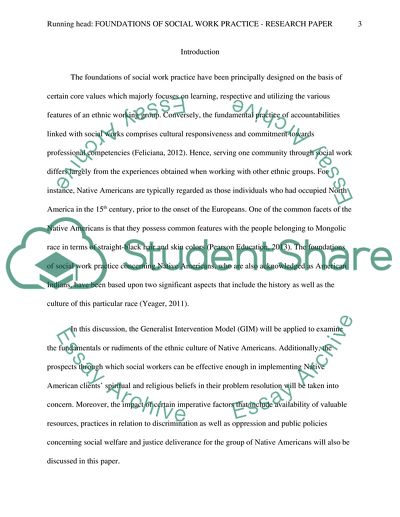Cite this document
(Foundations of Social Work Practice in the US Research Paper, n.d.)
Foundations of Social Work Practice in the US Research Paper. Retrieved from https://studentshare.org/social-science/1792833-foundations-of-social-work-practice-research-paper
Foundations of Social Work Practice in the US Research Paper. Retrieved from https://studentshare.org/social-science/1792833-foundations-of-social-work-practice-research-paper
(Foundations of Social Work Practice in the US Research Paper)
Foundations of Social Work Practice in the US Research Paper. https://studentshare.org/social-science/1792833-foundations-of-social-work-practice-research-paper.
Foundations of Social Work Practice in the US Research Paper. https://studentshare.org/social-science/1792833-foundations-of-social-work-practice-research-paper.
“Foundations of Social Work Practice in the US Research Paper”, n.d. https://studentshare.org/social-science/1792833-foundations-of-social-work-practice-research-paper.


